Glass Pt. 1: Let’s Get Cracking
- Lydia Tiasiri
- September 5, 2023
- Sustainability
- bottles, drinking glasses, FENN DESIGNERS, Glass, Glass processing, Glass production, jars, laminate glass, Lydia TF, safety glass, Sustainability, tempered glass, windows
- 0 Comments
GLASS: It can be clear, it can be frosted, it can be curved, it can be recycled, it is unstoppable.
Before we get to far, let’s first start with the initial question. What is it really made of?
The over-simplified answer is: Sand!
Have you ever wondered why sand glistens and is rough in large pieces? This is because the most common part of sand is made of “silica”. These are basically broken up granules of minerals and rocks. Glass, is in fact, only one of the by-products of silica. Silica has a multitude of uses in water filtration, industrial casting, concrete production, glass production and many more. Not to mention, glass can be recycled over and over and over!
But, before the glass can ever reach you, it passes the various production stages that makes it into the products you see all around you. From the windows of your house, to the ones on your car, to even the sunglasses worn on your face, they’re all made of glass.
As designers, we use glass for the many facets of design that cater to human needs and constantly expanding their uses. I’d like to just talk about the basics of glass before going into the various uses and properties.
First, let’s start with ‘float glass’: this is the most basic form of glass that is produced before any processing is done. ‘Float glass’ or “soda-lime” glass, is the most commonly produced and available, with lower costs. Soda-lime glass comes with a greenish hue to it, usually seen on the edges which might be the other reason for the name other than its limestone base. This type of glass is most commonly used for residential windows, drinking glasses, bottles, and jars.
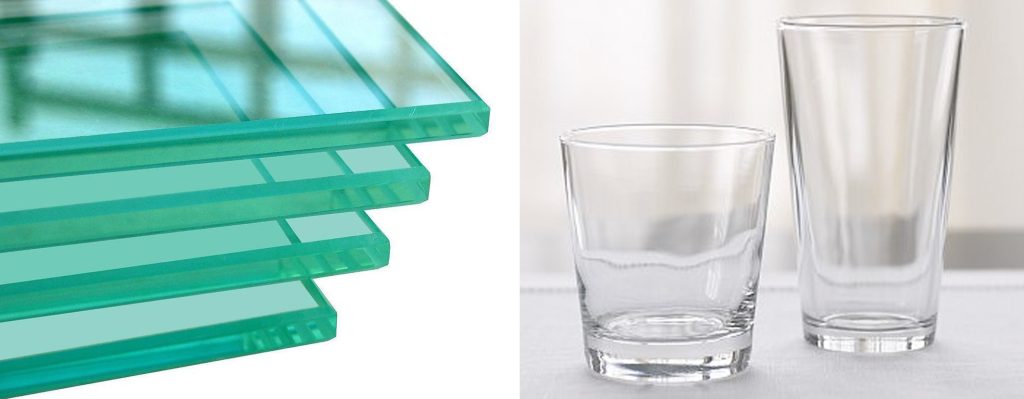
The next type is called ‘Leaded crystal glass’. This type of glass contains lead oxide added to increase the durability and clarity. This glass is most commonly called crystal clear due to its clear sides that creates the most vivid transparency. You can identify this type by looking at the edge, where it would typically be greenish for soda-lime glass, the crytal glass will be clear.
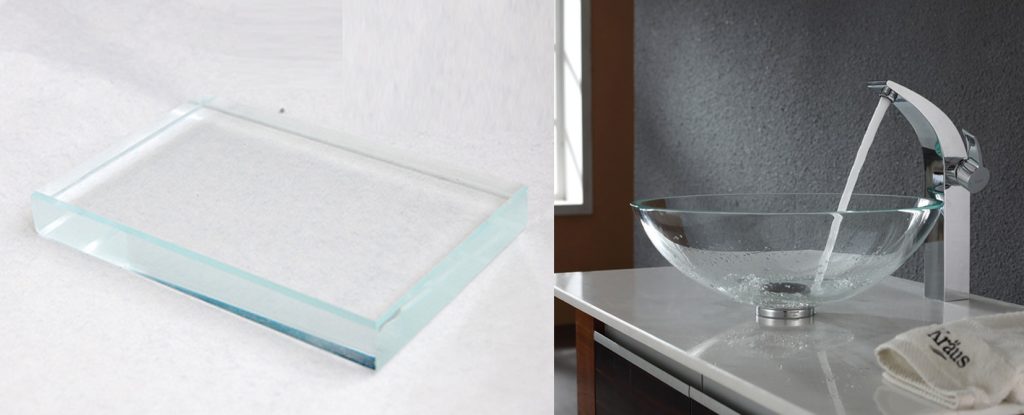
Whilst other base glasses also get produced using different chemical compound mixes, the two aforementioned are the most commonly found commercially. The standard glass sheets then typically get processed in different ways to fit different uses. Here are some of the processes.
Tempered glass: usually seen inscribed on car windows is a process in which the glass is heated to a very high temperature and then cooled rapidly to a much lower temperature to increase the resisting of the glass surfaces being later reheated from its still-hot core.
Used as a safety glass, tempered glass can resist huge impact from objects with a wide face, although when faced with a sharp object, the glass is easily shattered. When this glass shatters, the pieces fall apart from each other producing corn or square shaped fragments. These “diced” edges reduces the likelihood of injury to people as there are no jagged edges or sharp shards.
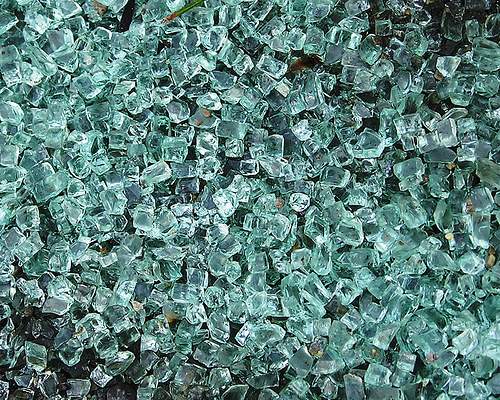
Laminated glass: usually seen used as the front and rear windows of automobiles, or skylights. Fabricated by placing plastic film layer (commonly Polyvinly Butural or PVB) sheet in between 2 sheets of glass.
This creates an ability for this type of glass to break but not fall apart. The film in the center layer forms a hold on the shattered glass, holding it all together in a spider web-like pattern. Using this glass for partitions and public spaces is most commonly for the increased safety of people. When the glass is shattered it will stay in place.The owner is then allowed time to have the glass removed and replace without the worry of the glass injuring others.
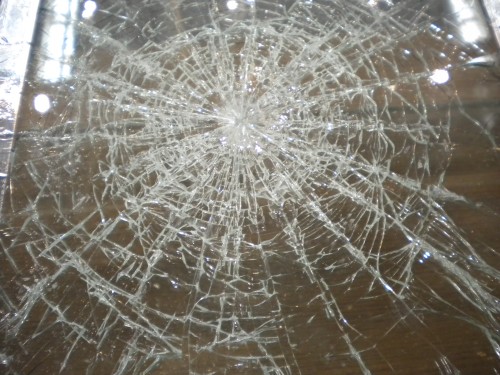
For increased strenght : glass should both been laminated and tempered. This allows for a much stronger resistance to impact.
Trust me, I’ve got a chance on a visit to a glass factory at breaking these main types, and it takes a QUITE a bit of effort!
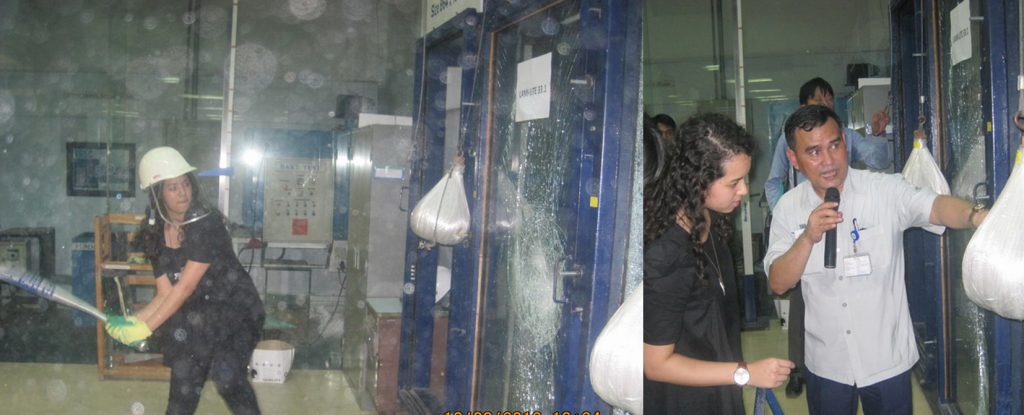
Join me again soon, for my next article in this series on glass. I’ll continue with more useful information of glass types and its different uses.
Related Posts
- Geerati Tiasiri
- September 26, 2013
Fire Safety is Everyone’s Business
Fire safety is everyone’s business. Over and over again, I am walking in my home town wond ..

